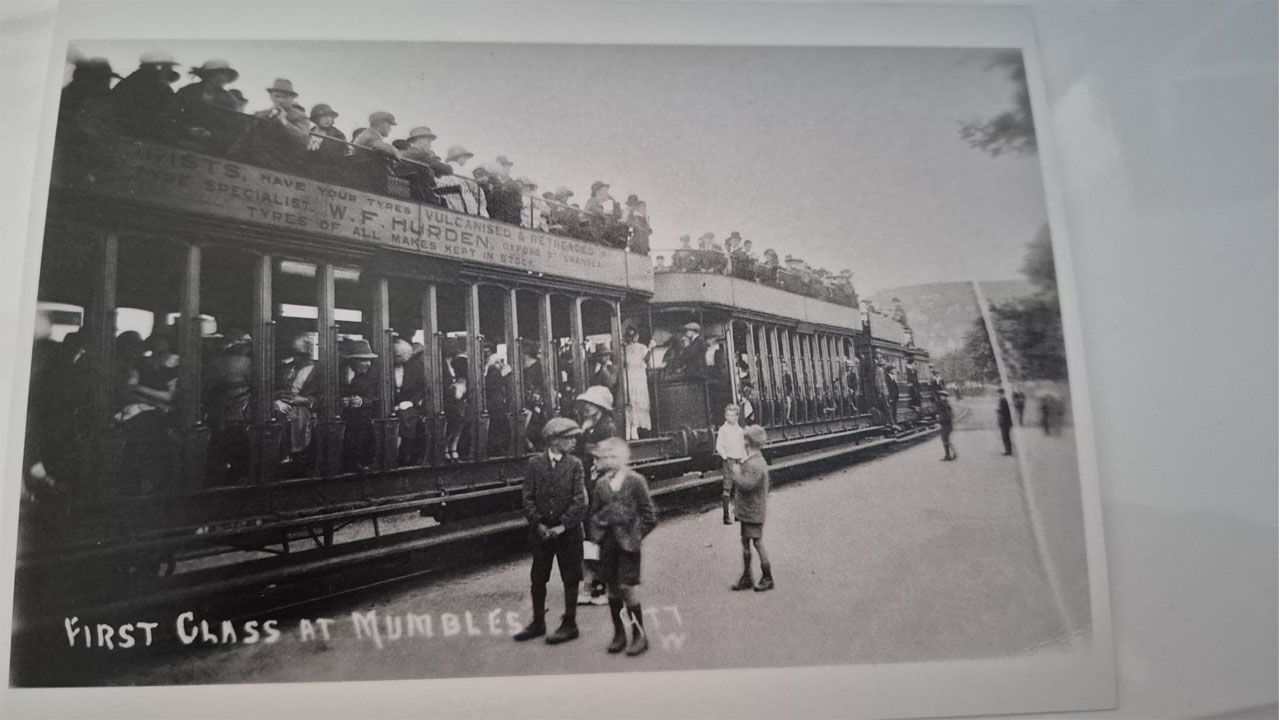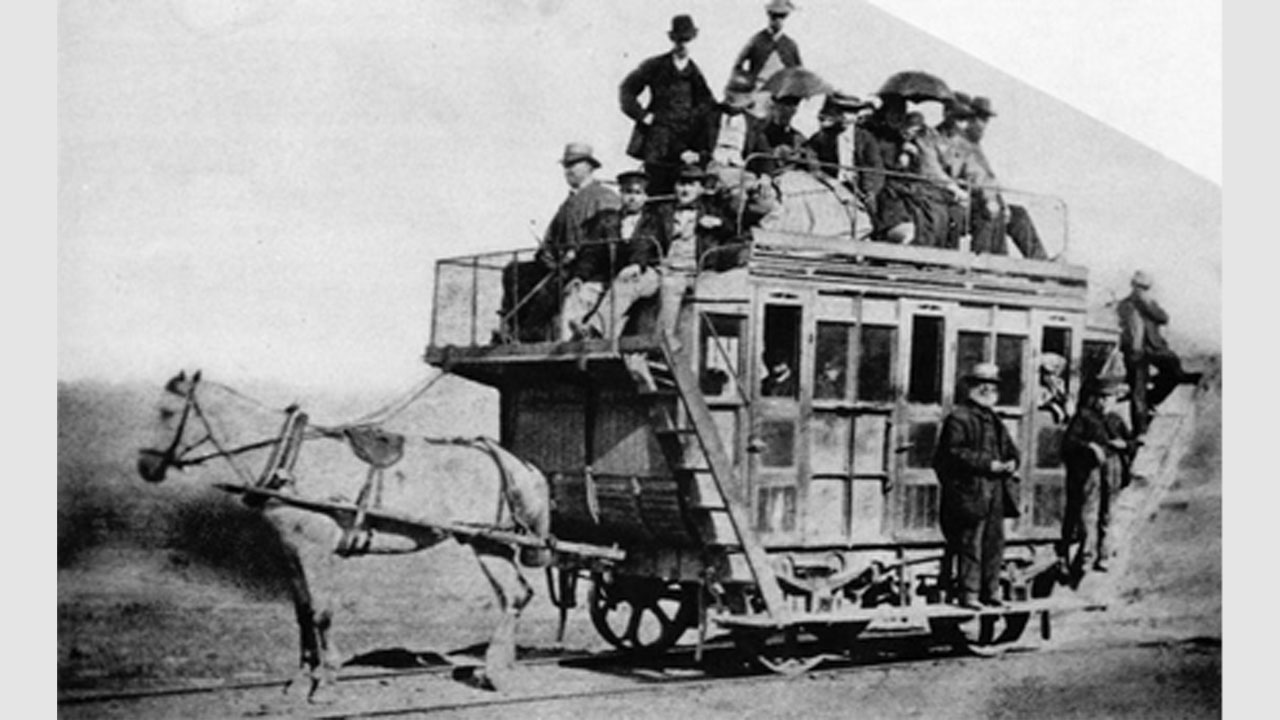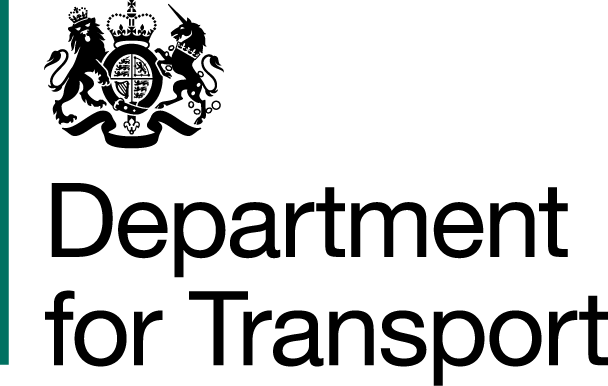Swansea, Oystermouth and Mumbles Railway
First Class at Mumbles image provided courtesy of Swansea Museum.
In a year where King George III ruled over Britain and Napoleon Boneparte was marching his army unstoppably across Europe, the next important step was taking place in the birth of the railway.
Following the success of the Trevithick Locomotive the potential to use rails to move people and goods was rapidly being developed.
In Swansea, approval had been given to lay rails between Oystermouth and the Swansea canal and harbour to move quarried materials back in 1804.
With steam engines few and far between, these goods carriages were pulled by horses in those early years.
And in March 1807, the very first fare paying rail passenger journey took place along what was then known as the Oystermouth Railway.
The flat journey along Swansea Bay was approximately 5.5 miles long and included what is regarded as the world’s first railway station - the Mount. Situated somewhere near the site of the present-day Swansea Museum it would initially have been little more than a designated spot to wait to board.
The horsedrawn operation was an enormous success and the line didn’t introduce a steam engine until 1877, more than 50 years after Stockton and Darlington.
The route evolved to become known as the Swansea and Mumbles Railway and by 1929 it was electrified, running as a tram operation until its eventual closure in 1960.
Transport for Wales’ Technical Lead - Heritage, Sustainable Impact & Legacy, Dr Louise Moon said: “The achievements of the Oystermouth Railway and their impact on the birth of the railway should not be underestimated.
“It demonstrated for the first time that you could move people paying for a service and that it would be popular.
“The line brought huge pleasure to so many and made Mumbles more accessible for people coming in by train when the South Wales Railway first opened Swansea station in 1850.
“When we think of the birth of the railway, people associate it as being a classic part of the Victorian era. But that first passenger steam journey at Stockton and Darlington came in the reign of George IV and the Oystermouth and Penydarren journeys were while George III was still King.
You can still see some of the trams and carriages that worked the line at Swansea’s National Waterfront Museum, approximately a 20-minute walk from Swansea Railway station.





